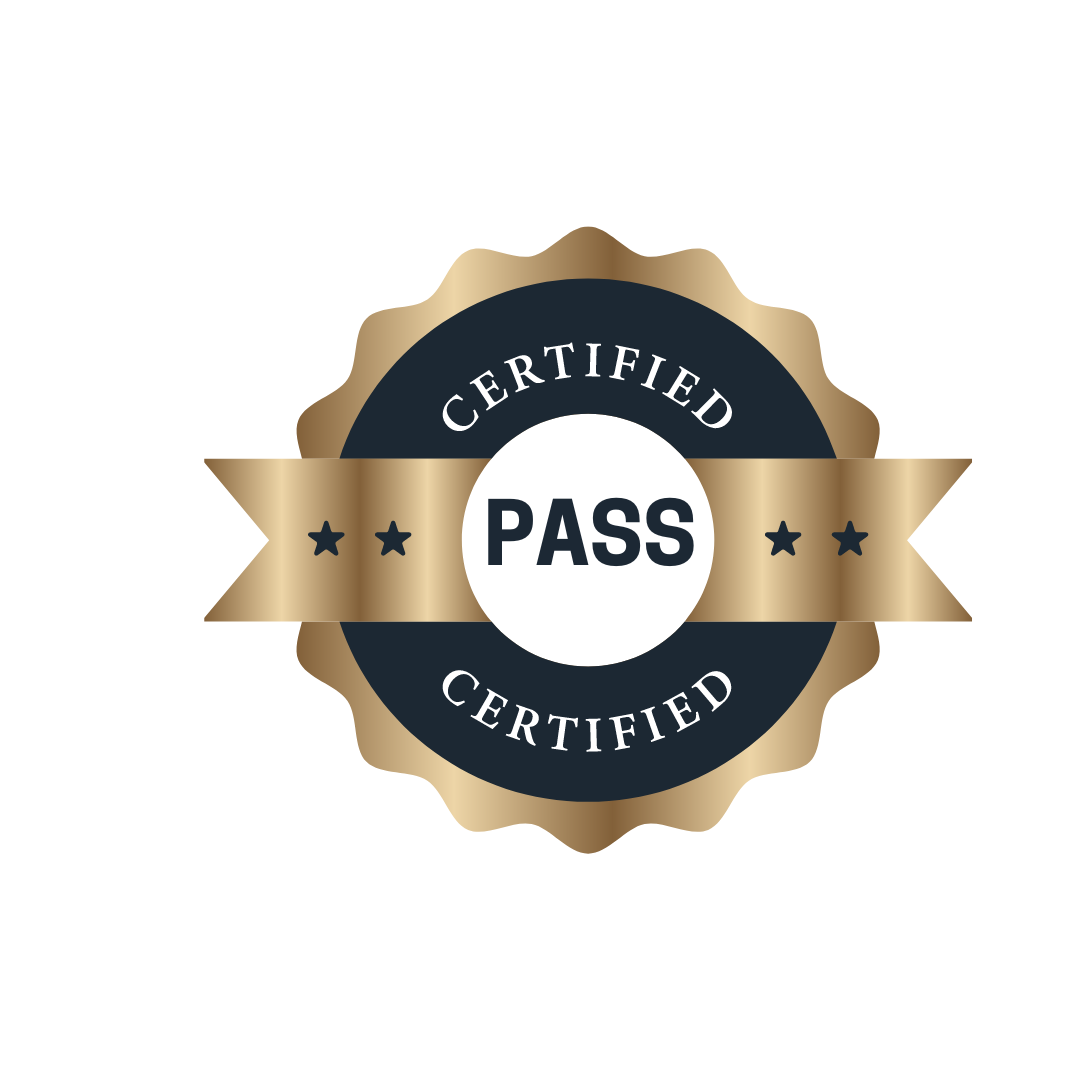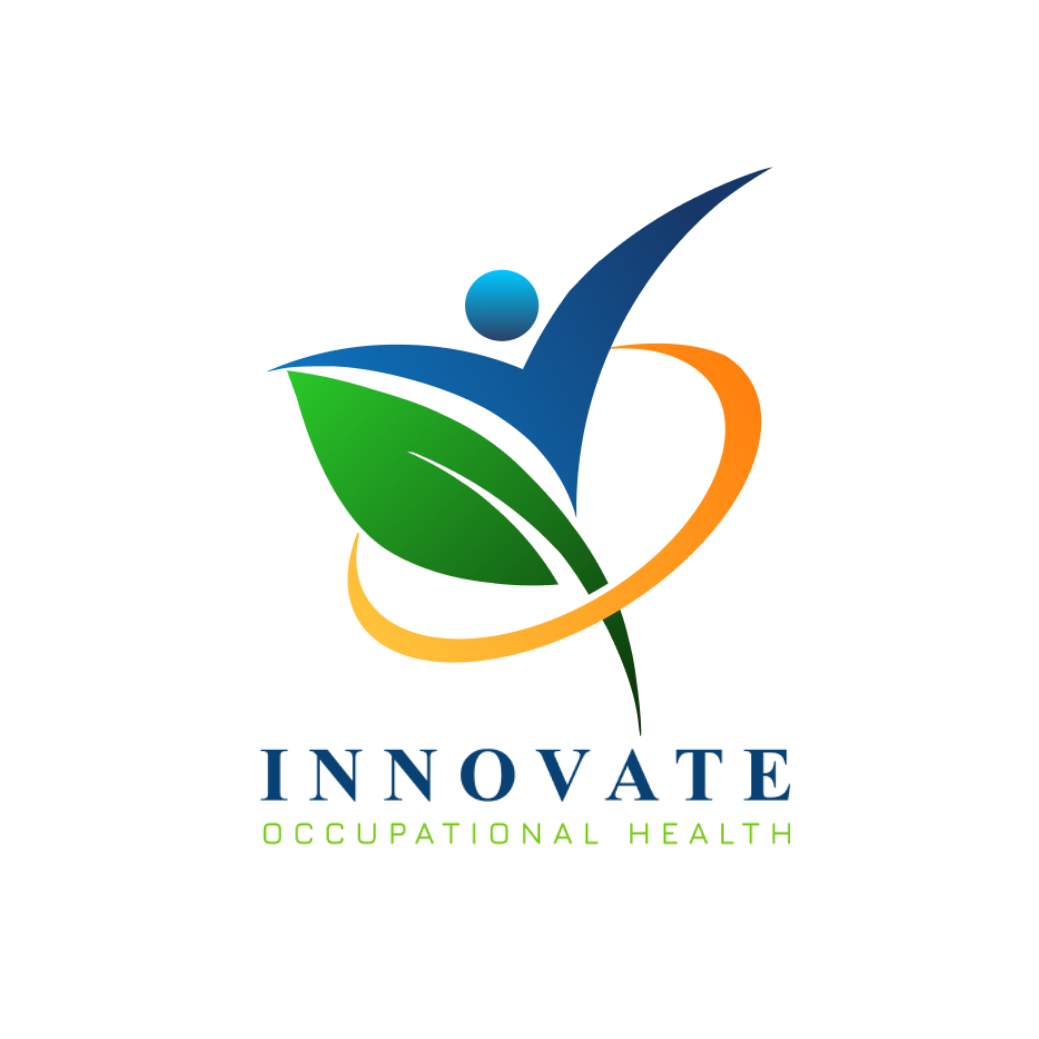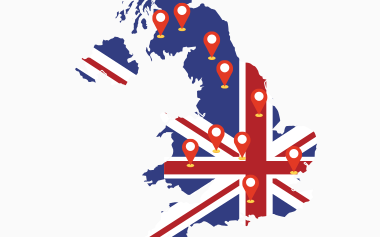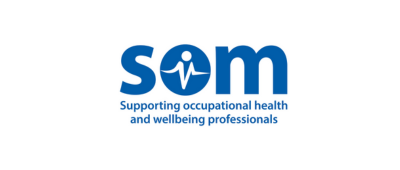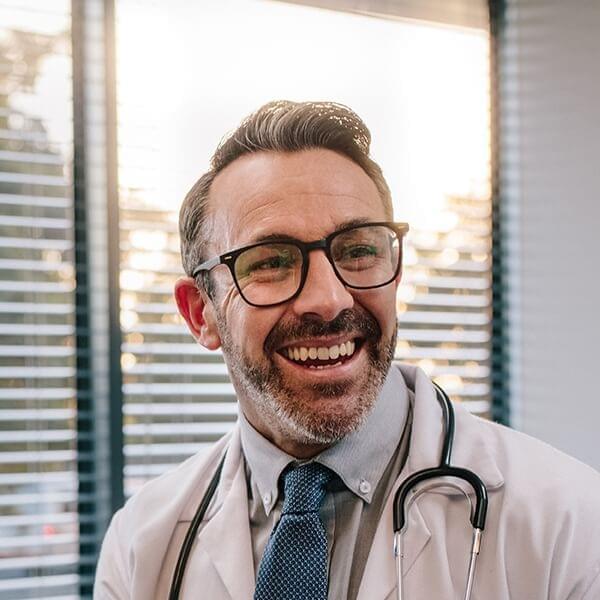Our Health Surveillance programmes adhere to legislative guidance provided by the health and safety executive (HSE) to deliver a systematic approach to monitoring the health of employees exposed to specific health risks at work. Our Health Surveillance programmes involve regular health checks and assessments to detect early signs of work-related ill health, ensuring that any adverse effects are identified and managed promptly.
This proactive measure is crucial for protecting workers’ health, preventing long-term illnesses, and ensuring a safe working environment and by identifying potential health issues early, you can implement necessary interventions, workplace adjustments and ensure you comply with legal health and safety requirements. Using our comprehensive Occupational Health Surveillance Services, businesses can maintain compliance with HSE standards and proactively address health concerns.

